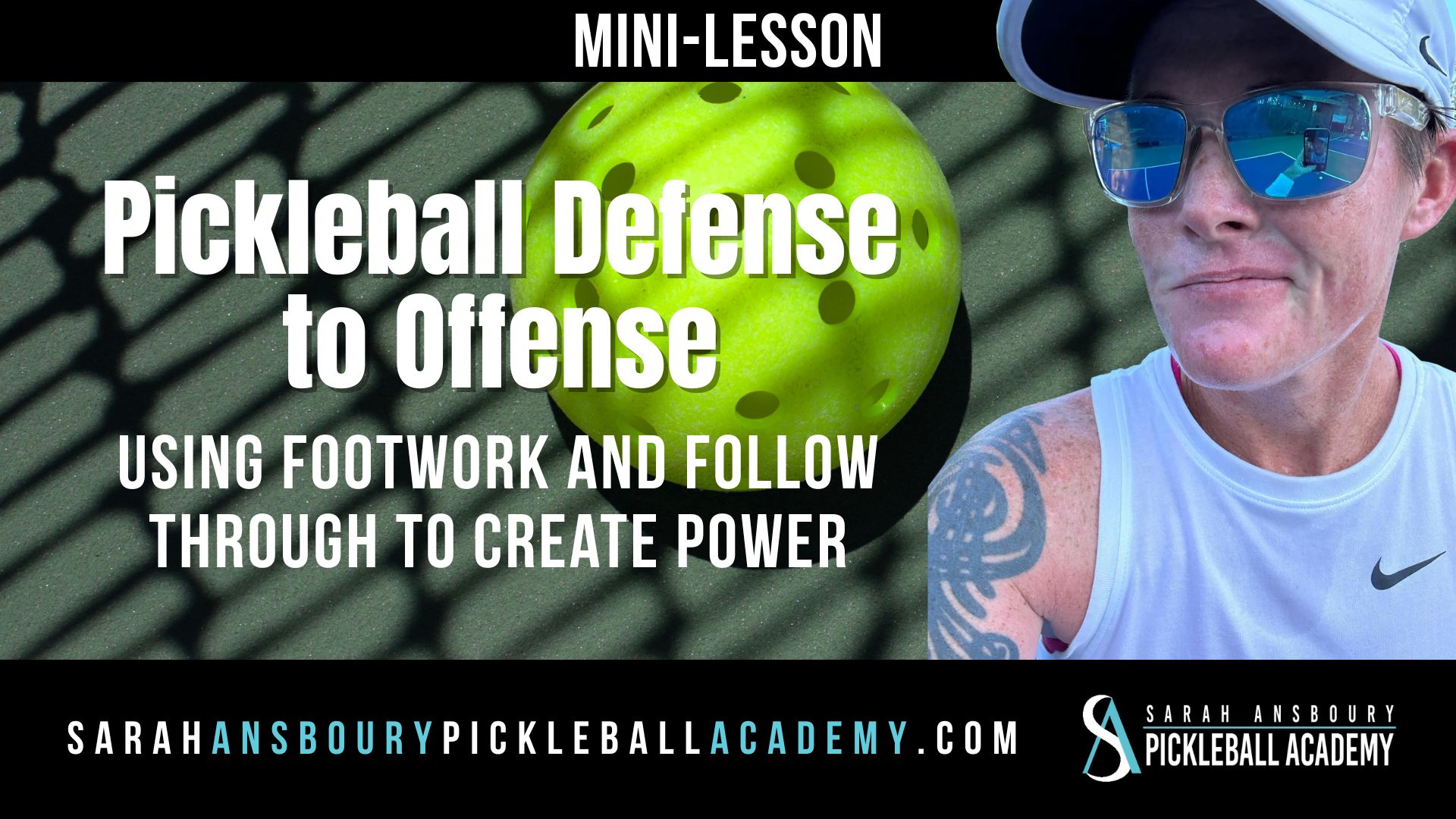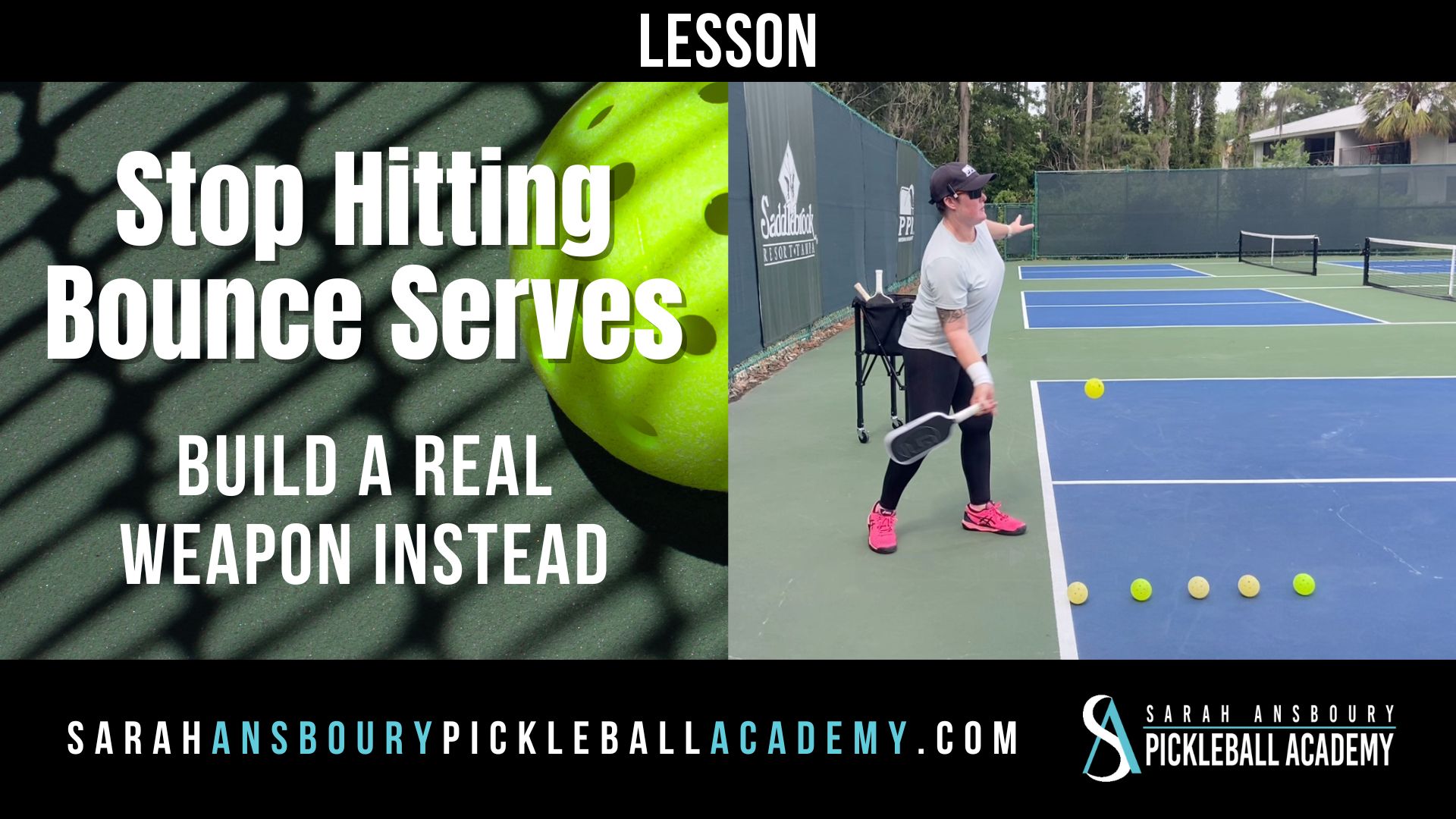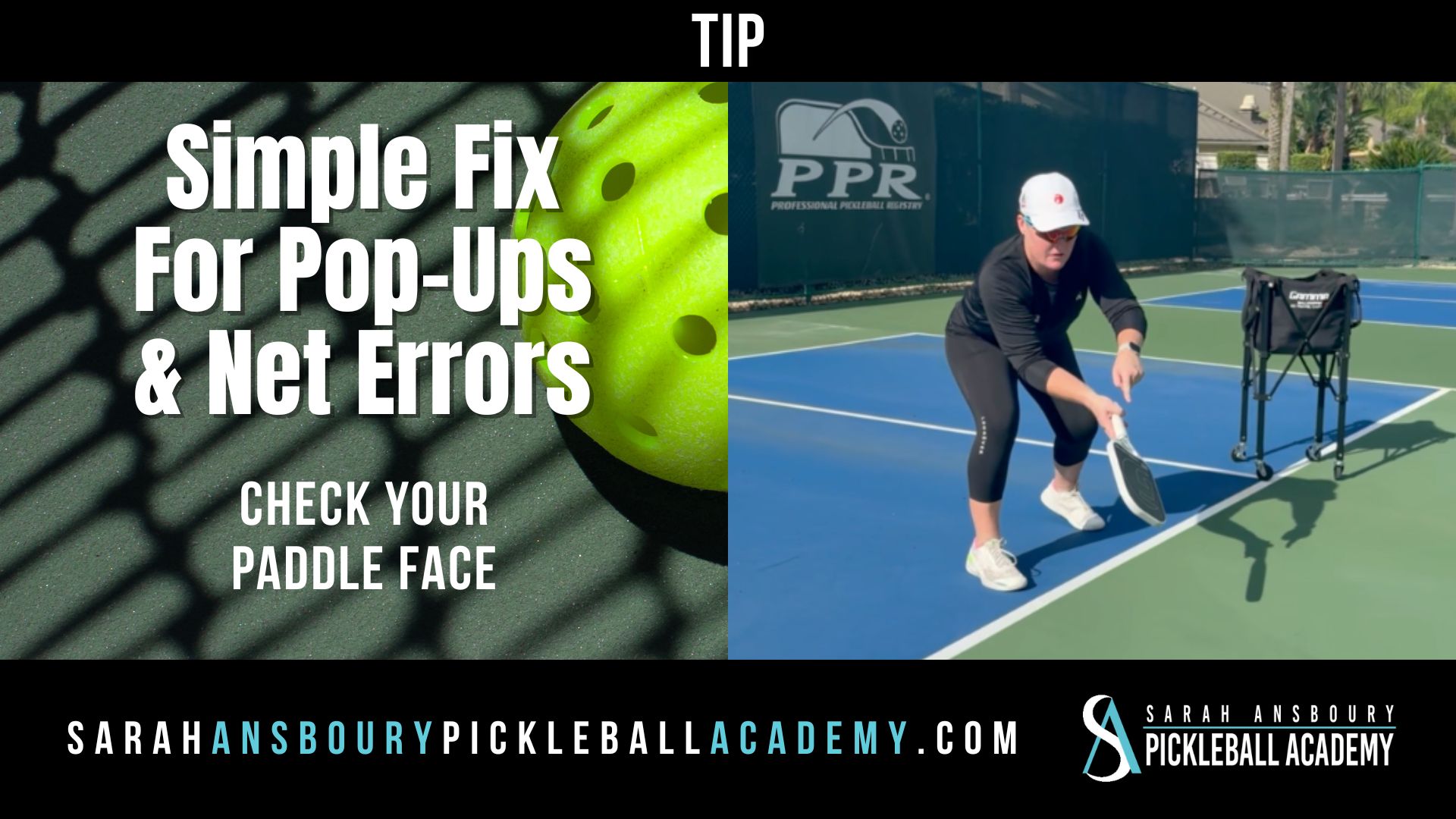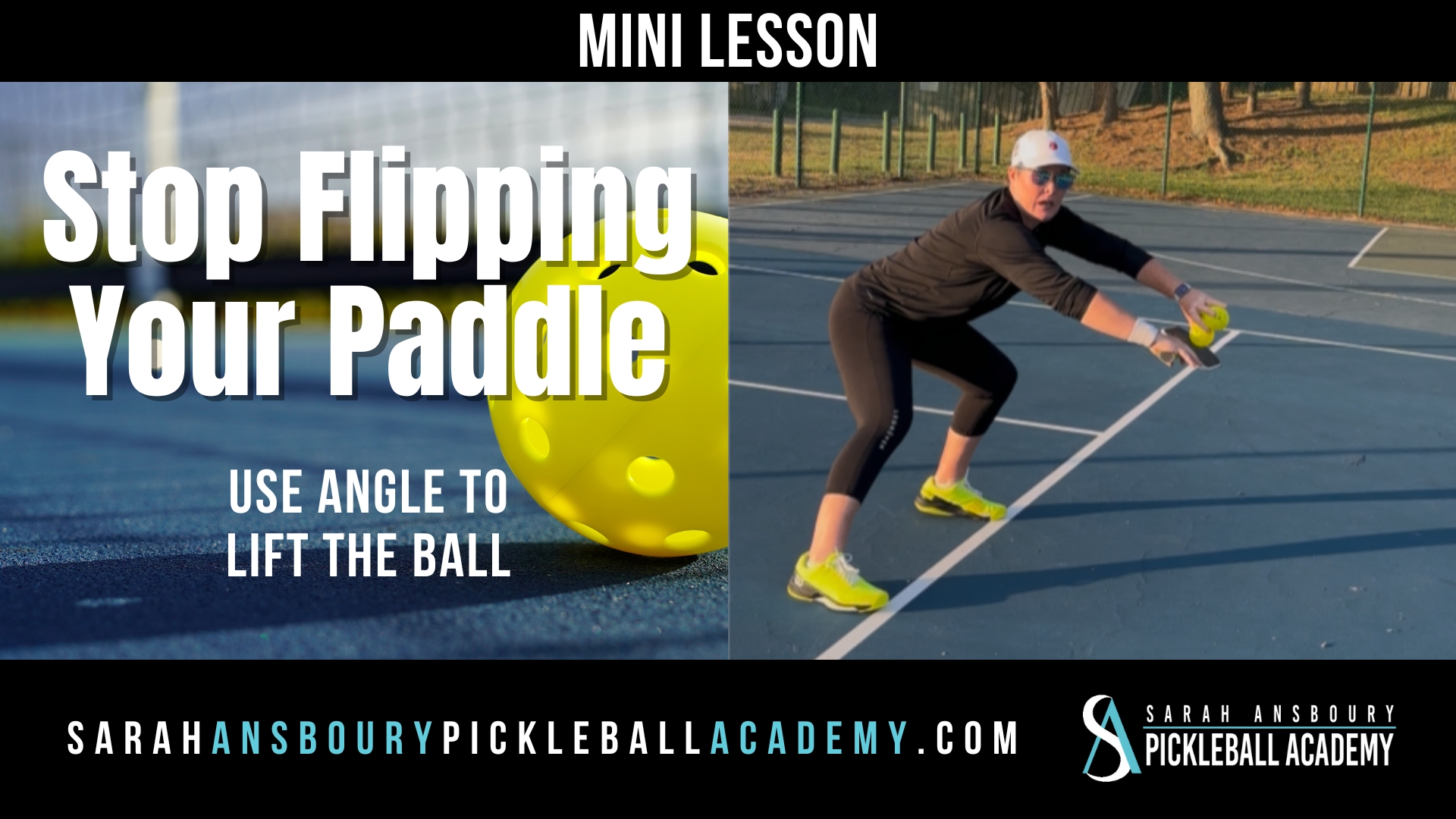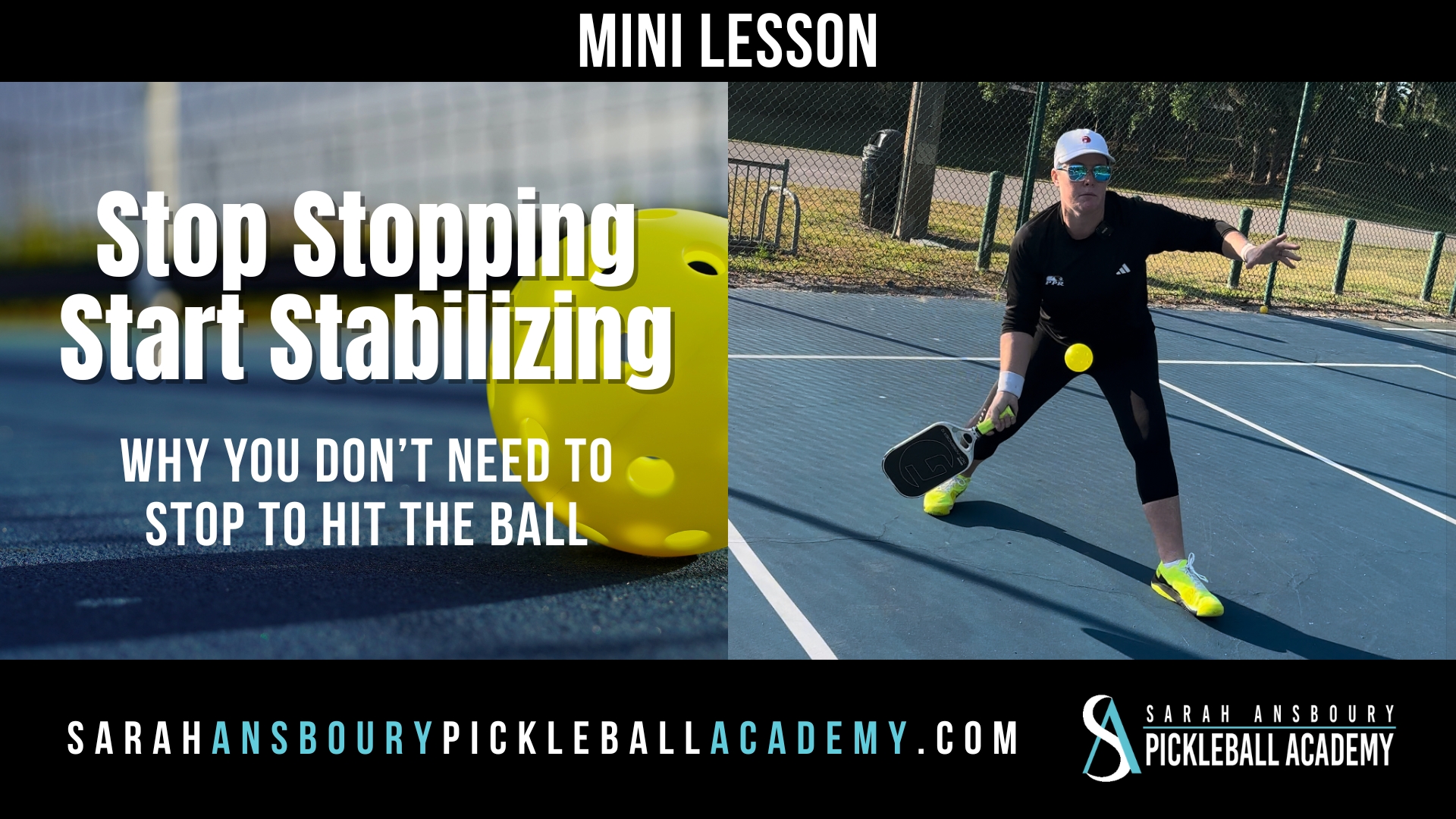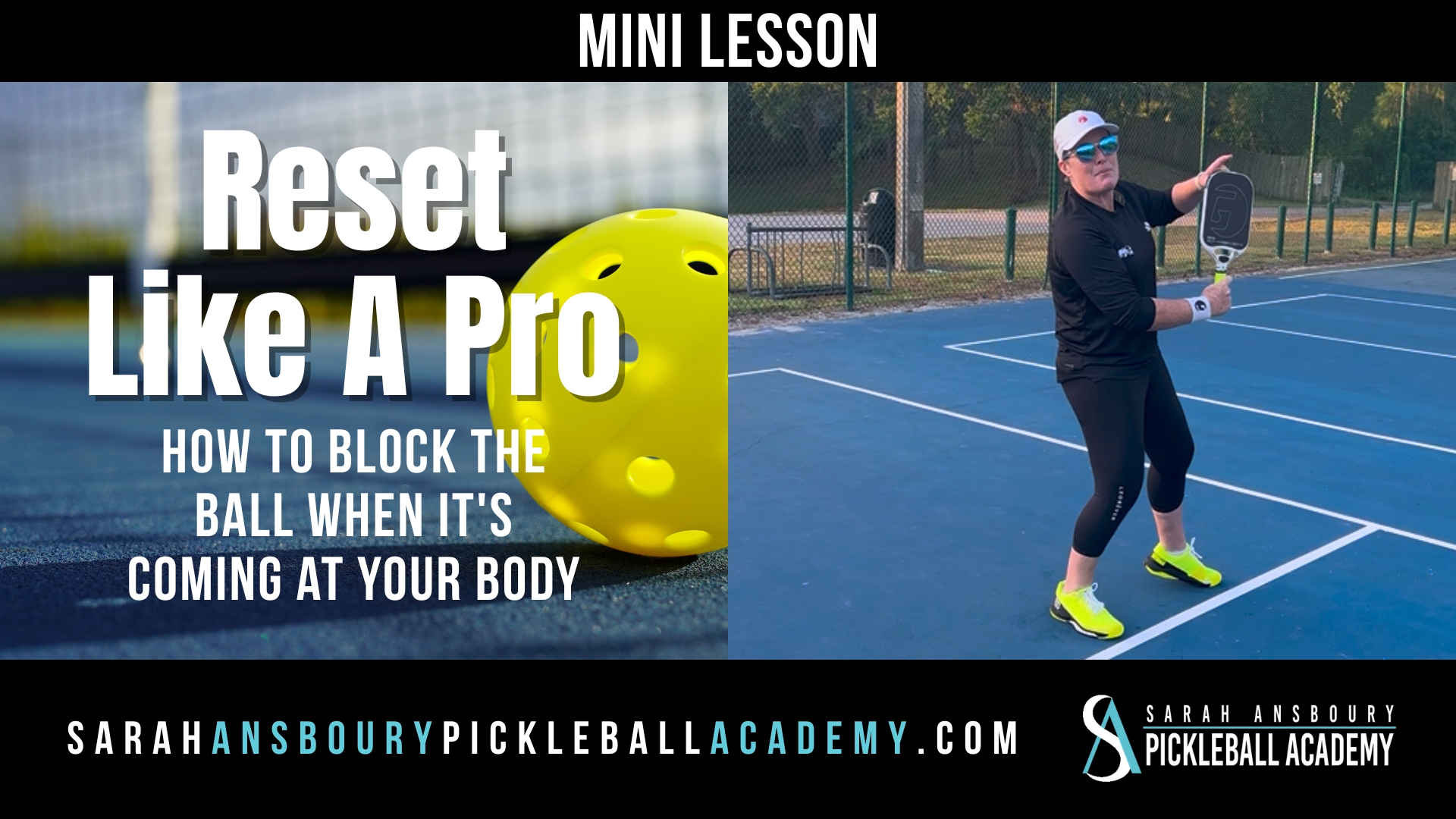If you have been watching Open play evolve, you may have noticed a change in how we approach a third shot drop. It has to do with the apex of the ball.
Apex of the Ball
When I was learning to play pickleball I was taught the importance of a third shot drop. Typically, it was a soft shot in which the paddle was under the ball lifting it to float over the net. I was taught that the apex of the ball ideally was on my side of the net (as shown above). That the ball would fall into my opponent’s non-volley zone. The softness of my shot…it’s loft…and the fact that my opponent would have to let it bounce before hitting it would give me the time to get to the non-volley zone. It was not an offensive shot. At best it was a neutral shot...simply one which would get me to the line.
Height begets Height
But as the game as evolved, and the level of play has improved, we released that height begets height. If we lifted the ball, it would bounce higher giving our opponent more options. This shot may even allow our opponent to hit down on the ball…putting us in a more defensive position.
A third Shot Advantage
Rather than viewing the third shot as a neutral shot, we have learned how to use this shot to our advantage. If we took the ball at the height of the bounce, and followed through a bit longer we could create more natural spin on the ball. This spin would lower the shot as it cleared the net. While the ball might fly deeper into our opponent’s NVZ…that was okay. The ball was low enough that they were likely either going to hit a volley into the net or be forced to step back to hit a return dink. Either result was fine with me. If the shot was perfectly executed my opponent moved from a neutral position to a defensive one. At the very least I kept them at neutral…unable to attack the ball.
height of the bounce, and followed through a bit longer we could create more natural spin on the ball. This spin would lower the shot as it cleared the net. While the ball might fly deeper into our opponent’s NVZ…that was okay. The ball was low enough that they were likely either going to hit a volley into the net or be forced to step back to hit a return dink. Either result was fine with me. If the shot was perfectly executed my opponent moved from a neutral position to a defensive one. At the very least I kept them at neutral…unable to attack the ball.
Keep in mind there are two things I never want to give to my opponent: height or pace. By changing the arch of the ball, without adding pace, I can create a more offensive shot.
Mindset change
When I learned how to hit this shot my mindset changed. Instead of “I need to get to the net”, I was thinking “I want to set myself up when I get to the net.” Of course, changing your mindset will not automatically make you proficient at this shot. Keep in mind this is a shot typically requiring an advanced skill level. But if you want to add this shot to your repertoire consider this:
- You want to hit the shot cross-court to the outer quarter of the court. You don’t want to give your opponent that is comfortably standing at the net the opportunity to poach.
- Start by tossing a ball. Notice where you release the ball and its effect on the ball flight. If you release the ball lower, the ball will need to float higher to clear the net. Your release point with your hand mimics the spot at which your paddle will make contact with the ball. You will need to release the ball higher to flatten the arch of the ball while still clearing the net.
- As you toss the ball, extend your arm forward longer. Rather than scooping the ball think about lengthing your followthrough. When you replace your hand with the paddle, you will find you will keep the ball on the paddle longer. This is what creates the spin and net clearance.
practice
This is not a shot you are likely to master in a 15 minute drilling session. It is one that will require a lot of practice…physically and mentally. As you practice to change the apex of the ball think length instead of height. Good luck and have fun!


